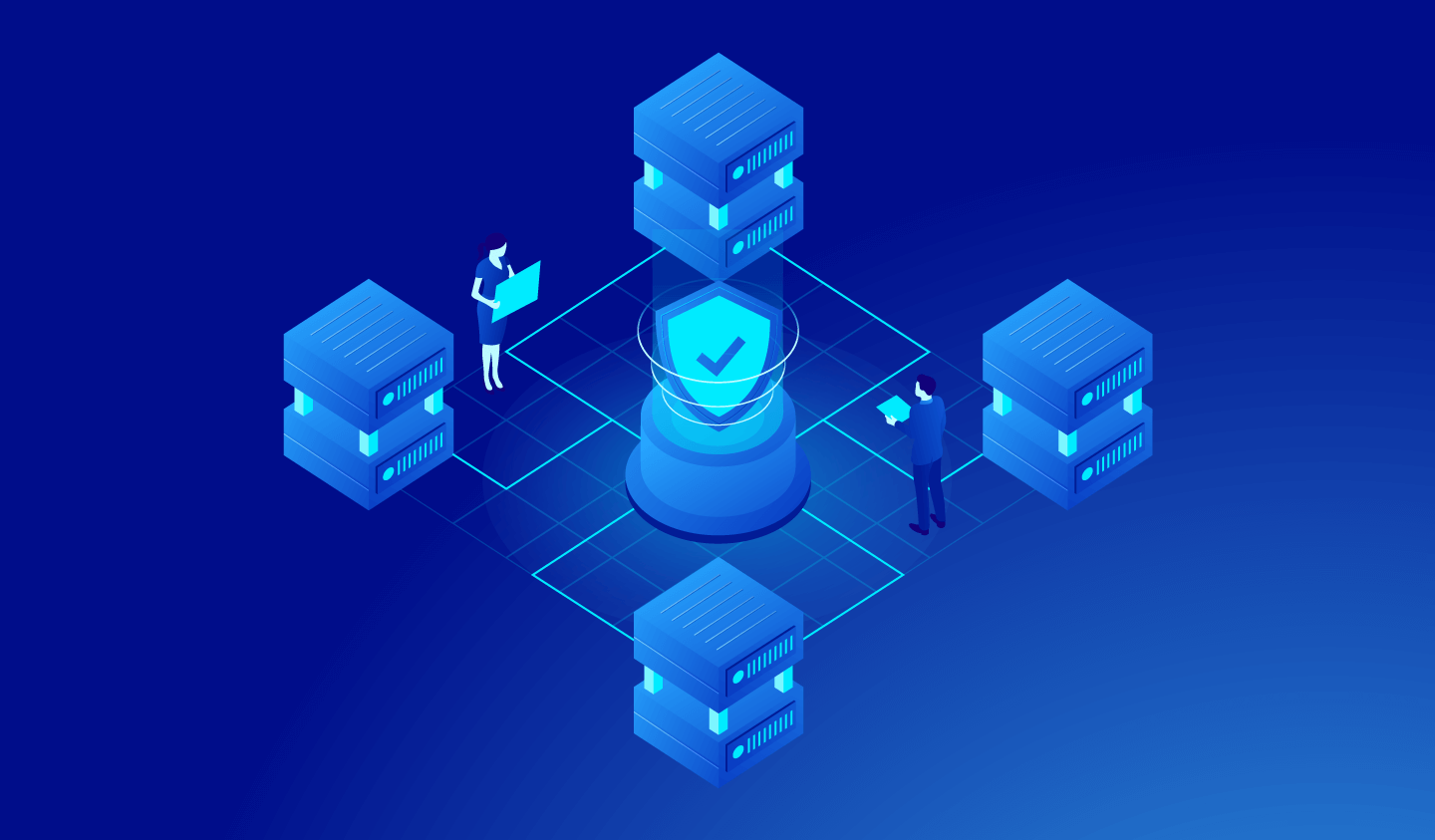A blockchain is a special type of database. We may say it distributed ledger technology (DLT). A blockchain has certain unique properties. There are rules about how data can be added , and once the data has been stored. It`s virtually impossible to modify or delete it.
Data is added over time in structures called blocks. Each block is built on top of the last and includes a piece of information that links to the previous block. if we want to check that it has been created after the last. We continue all the way down the "chain". We will reach our very first block, known as the genesis block. A database where each entry is linked to the last.
How are Blocks connected?
To analogize, suppose that we have a spreadsheet with two columns. In the first cell of the first row, we put whatever data we want to hold.
The first cell`s data is converted into a two letter identifier, which will be used as part of the next input. With our two-letter identifiers-is a simplified analogy of how a blockchain uses hash functions. Hashing is the glue that holds blocks together. It consists of taking data of any size and passing it through a mathematical function to produce an output (a hash) that`s always the same length.
The hashes used in blockchains are interesting, in that the odds of you finding two pieces of data that give the exact same output are astronomically low. Like our identifiers above, any slight modification of our input data will give a totally different output.


 Irfan Rashid
Irfan Rashid
0 comments